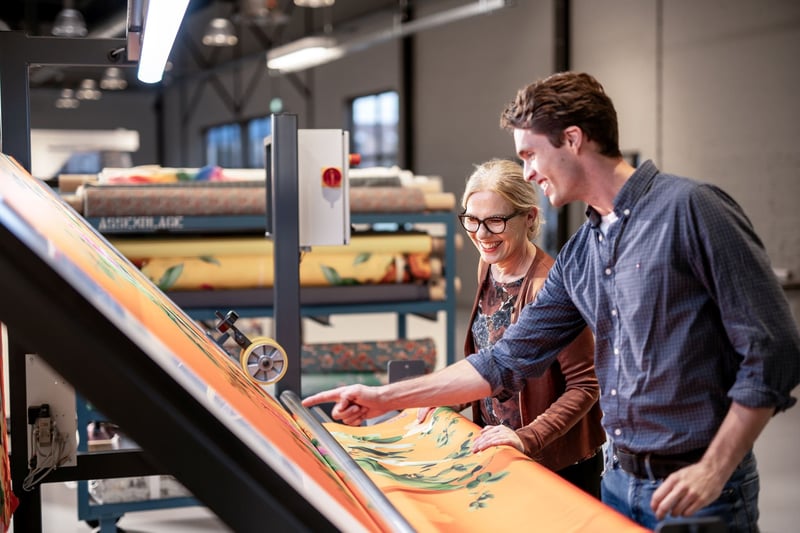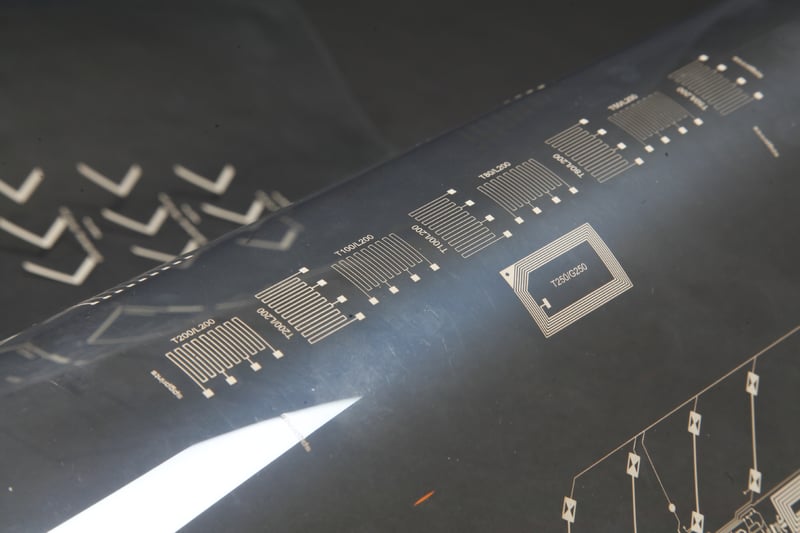The adaptability and versatility of printed electronics position them as an exceptional solution for an extensive range of applications, touching on numerous sectors such as automotive, healthcare, consumer electronics, and beyond. In the automotive industry, printed electronics are driving innovations in electric vehicle technology, enhancing battery management systems, and enabling the development of smart, interactive dashboards. The healthcare sector is leveraging this technology to create advanced diagnostic tools and wearable medical devices that offer real-time health monitoring, improving patient care and outcomes. Meanwhile, in consumer electronics, printed electronics are paving the way for the next generation of flexible devices, from foldable phones to smart home appliances, enhancing user convenience and experience.
As this dynamic field continues to evolve, we are witnessing a remarkable and unprecedented convergence of traditional printing techniques with cutting-edge electronic applications. This fusion is unlocking new avenues for creativity and functionality, opening the door to endless possibilities, and laying the groundwork for groundbreaking advancements across industries.
Key Innovations Driving the Industry
Several groundbreaking innovations are propelling the printed electronics industry forward. One of the most significant is the development of flexible printed circuit boards (PCBs). Unlike their rigid counterparts, flexible PCBs can bend and twist, making them ideal for wearable technologies and other applications where space is a constraint.
Another key innovation is the use of printed electronics in sustainable energy solutions. Flexible solar panels are a prime example. These panels can be integrated into various surfaces, from agricultural greenhouses to wearable devices, providing a continuous supply of power in a sustainable manner.
Battery management systems are also benefiting from printed electronics. Printed heaters with integrated temperature sensors are now being incorporated into battery packs, particularly in electric vehicles, to optimize performance and safety.
Challenges in Scaling Up Production
Transitioning from lab-scale prototypes to industrial-scale production presents several challenges. One of the most significant hurdles is the substantial investment required for industrial-scale equipment. The complexity of maintaining quality control over larger production volumes and ensuring a rapid time-to-market further complicate this transition.
The intrinsic differences between lab-scale and industrial-scale equipment also pose a challenge. Lab-scale equipment is often highly flexible and capable of handling complex tasks, whereas industrial-scale equipment prioritizes high volume and reliability. Manufacturers must adapt their processes and invest in suitable technology to bridge this gap effectively.
Quality control is another critical issue. As production scales up, maintaining the same level of precision and reliability becomes increasingly difficult. This necessitates robust quality control mechanisms to ensure that the final products meet the required standards.
Rotary Screen Printing: The Answer to Industrial-Scale Production
Rotary screen printing has emerged as the most suitable solution for industrial-scale production of printed electronics. Known for its high throughput capabilities, rotary screen printing can achieve faster and more consistent results compared to traditional flatbed screen printing.
One of the primary advantages of rotary screen printing is its pace and continuity. The continuous process minimizes downtime and reduces the risk of blockages, ensuring a smoother production cycle. This technology is also highly sustainable, with screens that can be stripped and reused for multiple jobs, reducing waste and environmental impact.
Rotary screen printing is particularly well-suited for high-volume outputs. It can produce up to 500,000 linear meters in a single run, making it ideal for mass production. The technology also offers higher quality and reliability, essential for applications like RFID tags, battery management systems, and flexible solar panels. Learn more about the moment of the Printed Electronics market in our latest guide:
Strategic Timing for Technology Investment
Timing is crucial when investing in new technology. Businesses face a dilemma between the immediate benefits of faster production and the upfront time and cost investment required to set up industrial-scale processes. The ideal time to invest in rotary screen printing technology is as early as possible in the development cycle.
Investing early allows organizations to understand and integrate the technology within their existing facilities. This minimizes delays and ensures that the transition to industrial-scale production is as seamless as possible. Early investment also provides the opportunity to optimize formulations and recalibrate processes, setting the stage for long-term success.
Future Applications and Opportunities in Printed Electronics
The future of printed electronics is incredibly promising, with applications extending far beyond current use cases. Wearable technologies are one of the most exciting areas of growth. Imagine a future where your clothing can monitor your health, provide real-time feedback, and even charge your personal devices through integrated flexible solar panels.
Smart devices and IoT applications will also benefit significantly from printed electronics. We can expect to see more devices that are not only smarter but also more sustainable, thanks to innovations like printed sensors and flexible batteries.
In the automotive industry, printed electronics will play a crucial role in developing more efficient and safer electric vehicles. Battery management systems integrated with printed heaters and sensors will optimize performance and extend battery life, making electric vehicles more reliable and cost-effective.
The retail sector stands to gain immensely from the adoption of printed RFID tags. These tags can enhance inventory management, improve customer experiences, and reduce waste, aligning with global sustainability efforts.
Conclusion
The printed electronics industry is at a pivotal moment. As we transition from lab-scale prototypes to industrial-scale production, the opportunities for innovation and growth are limitless. Investing in suitable technologies like rotary screen printing can provide the competitive edge needed to thrive in this dynamic field.
The future is bright for printed electronics, with applications spanning wearable technologies, smart devices, automotive, and sustainability sectors. By embracing these innovations and overcoming the challenges of scaling up, businesses can unlock new possibilities and drive the next wave of technological advancement.
Curious to learn more about this topic? Discover the potential of rotary screen printing for printed electronics:




